Our health
Preventing and managing chronic conditions
Information and support for healthcare providers and the community can encourage healthier lifestyles and reduce disease, and help people manage and understand their experience with common conditions such as diabetes and diseases of the circulatory and respiratory systems.
This priority area has been assessed against available services in our region. We consider service gaps in relation to these needs, and you can view services funded by the PHN through the PHN Services Library.
Opportunities
Many chronic diseases share risk factors. These risk factors include obesity, smoking, high alcohol consumption, low exercise rates and poor nutrition, as well as the physical and socio-economic environment. Addressing the underlying risks can improve health outcomes for both the individual and the community.
Our Identified focus areas include:
- developing further understanding of mechanisms to decrease risk and prevent chronic conditions or further complexity of care needs
- creating regional partnerships for innovative action, guided by the Global Obesity Centre
- rolling out regional education and support for initiatives to reduce alcohol consumption and smoking.
Collaborative partners
- Hospital and Health Services
- Local Governments
- Peak bodies and service partners
- Accreditation and training agencies.
The outcomes of these actions will be seen in:
- increased life expectancy (decreased rates of premature death from chronic conditions)
- decreased rates of obesity, smoking and alcohol consumption
- increased rates of physical activity.
Our progress
Rates of deaths from diabetes, and circulatory and respiratory system diseases have remained higher than national levels over the last three years. Addressing the risk factors that contribute to chronic conditions and promoting healthy lifestyles will continue to be an important focus for the region.
Breaking down insights
Related priorities
- Improving the health of vulnerable groups
- Improving the health of Aboriginal and Torres Strait Islander peoples
- Promoting health and preventing disease
- Increasing access and coordination of care
Updated: February 2025
Chronic conditions and diseases
Chronic conditions and diseases include arthritis, asthma, cancer, diabetes, heart disease, respiratory disease, stroke and mental health conditions.
Our area of focus
Our region has high rates of premature death from diabetes, and circulatory and respiratory system diseases (AIHW 2021f). Many of the regional areas with the highest rates of chronic disease are areas of socio-economic disadvantage.
Evidence
- As of January 2024, around one in seven people (13%) who regularly attend a general practice in the region were reported to have two or more chronic conditions; the Somerset (22%), South Burnett (21%) Goondiwindi (18%) and Southern Downs (18%) regional areas reported higher rates (DDWMPHN 2024).
- In 2021, 61% of adults in the region reported having a long-term health condition, compared with 52% nationally (AIHW 2021f, ABS 2021).
- The most recent reporting has estimated that around 24% of people in the region have a mental health condition, 16% arthritis, 13% asthma, 5% diabetes, 5% cardiovascular conditions, 4% chronic obstructive pulmonary disease and 4% osteoporosis. The prevalence of each of these chronic diseases is higher than the national average (PHIDU 2021).
- Higher rates of chronic disease were experienced in the Banana, Goondiwindi, Somerset, South Burnett and Western Downs regional areas. The community of Cherbourg also experienced very high rates, for a small population (PHIDU 2021).
- Around 7,600 hospital admissions in 2018–19 might have been prevented if more people with a chronic condition had accessed appropriate preventive health interventions and earlier disease management (PHIDU 2021).
- Residents told us that when it comes to supporting their long-term illness, they
want to be involved in their care management, and have access to information and advice that will help them make decisions about their care
(Health Consumers Queensland 2021a).
Risk factors
Many chronic conditions share common risk factors. Key risk factors for chronic disease include obesity, smoking, high alcohol consumption, low rates of exercise and poor nutrition. These can all increase an individual’s risk of diabetes, circulatory and respiratory disease. Reducing these risk factors can significantly improve health outcomes for both the individual and community.
Our area of focus
Our region has very high rates of obesity in both adults and children, and very low rates of physical activity in adults. Although smoking and alcohol consumption rates are moderate on average across the region, in some regional areas these rates are very high.
Evidence
- The estimated population aged 15 years and over who did not meet 2014 physical activity guidelines (modelled estimates) in data modelling done in 2022 was 78.5 per 100 persons in our region. These figures are similar to state and national rates (PHIDU 2025).
- Around 16.9% of people in our region were estimated to be smokers in 2022. This compares with 12.2% for all of Australia (PHIDU 2025).
- The estimated number of persons aged 15 years and over who admitted to having consumed 5 or more standard alcoholic drinks on any day in the last 12 months at least monthly in our region was 20%. This was comparable to the national rate and about 2% lower than the rate for Queensland (PHIDU 2025).
- Residents told us that when it comes to supporting their health, they want
outdoor and indoor opportunities for physical activities, including community infrastructure such as gardens and playgrounds, especially in rural and remote towns
(Health Consumer Queensland 2021a).



